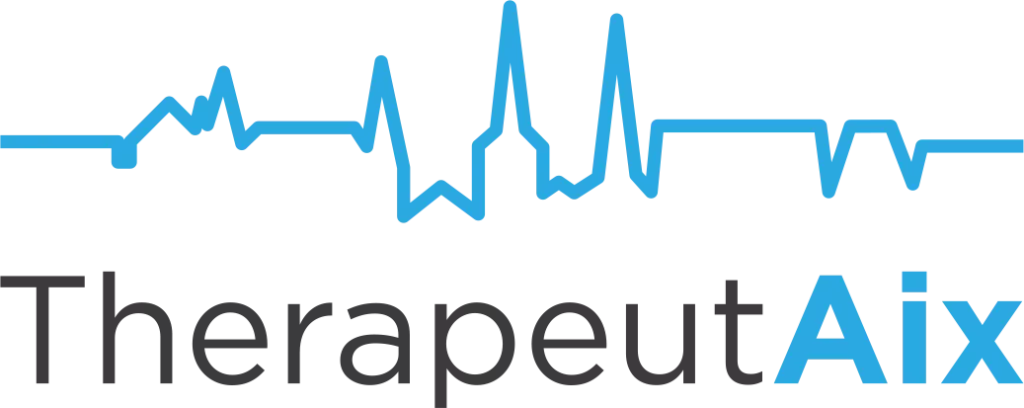In theory, the drug discovery and development pathway is not complicated. You start with an exciting idea where biology meets disease, target a mechanism, and identify and optimise a molecule that can modulate the mechanism to treat the disease. Theoretically, it would work that way if not for different stakeholders expecting different data to justify progression. Here is a look at some of them and what they usually expect. Of course, we’re describing archetypes – the reality is quite more nuanced!
The Team, and the biology
The project team usually is driven by science, trying to solidify the biological hypothesis, as well as identify gaps and their consequences. Is there an experiment that didn’t read out ‘as expected’? Was something wrong with the setup, did the molecule not work, or was the biological hypothesis not valid? Except for the most self-aware researchers, there is a common tendency to find explanations and do ‘one more experiment’ to support to rationalise the outcome
The board and funders
Management, board members, and funders have a different perspective. They see investments and opportunity costs, so it is important to show a project is on a defined trajectory with identified decision points that either add value to justify progression, or bring sufficient data to justify project termination. This is a quite different view – not so much about scientific understanding, but rather about achieving their overall strategic goal, decision-making and, if supported, further funding or exit.
The regulators
Start of Phase 1 and start of Phase 2 are key towards evaluating candidate drugs in patients. Both timepoints are also a time of interactions with regulators who need to approve a clinical study. This means that the available data needs to suggest a likely benefit in patients that outweighs the potential harm that a new molecule might do to humans. A concrete discussion of the potential risk and ways to assess or mitigate is often absent from earlier-stage drug discovery, and it’s important to plan ahead for this. Also, this is not only about the known risks – how well can you assess how large the space of ‘unknown unknowns’ is? Decreasing this uncertainty as much as possible is important not only for approval of clinical studies, but also for the participants who will be asked to enter a study. And crucially, in early clinical development any new molecule needs to demonstrate that it is capable of bringing clinically meaningful benefit to patients.
An eventual partner
Many smaller companies are planning to develop a compound to specific value-generating milestones (clinical candidate, end of Phase 1 or Phase 2), and then aim to partner with, or license the project to large pharm. It does vary what specific aspects a potential partnering company will consider during due diligence. But in most cases, they want a program that has addressed the majority of preclinical risks. For example relating to DMPK and toxicology – if only because it brings external programs on a more comparable level to internal ones. A further, and maybe more important, point at this stage is a more concrete view on clinical use. Is a compound compatible with standard of care? Can differentiation be shown, and value for patients and payers be demonstrated?
How can we help?
Considering the different expectations different customers have for a project, it becomes apparent that a biology-centric approach may not deliver all that is needed to make a successful drug.
At TherapeutAix, we like to establish a line of sight to the ultimate goal of a project, and derive development trajectories from there that can satisfy the needs of all stakeholders. Crucially, having participated in many due diligence investigations, we know data requirements, frequent pain points, and potential deal breakers of larger organisations, and we can help you build a dataset that is just right.

